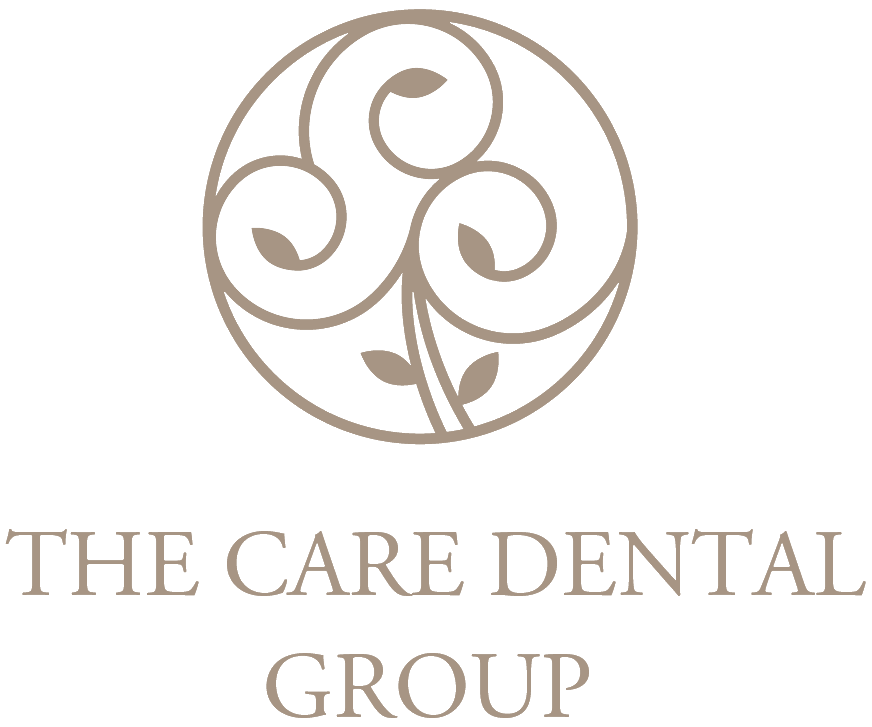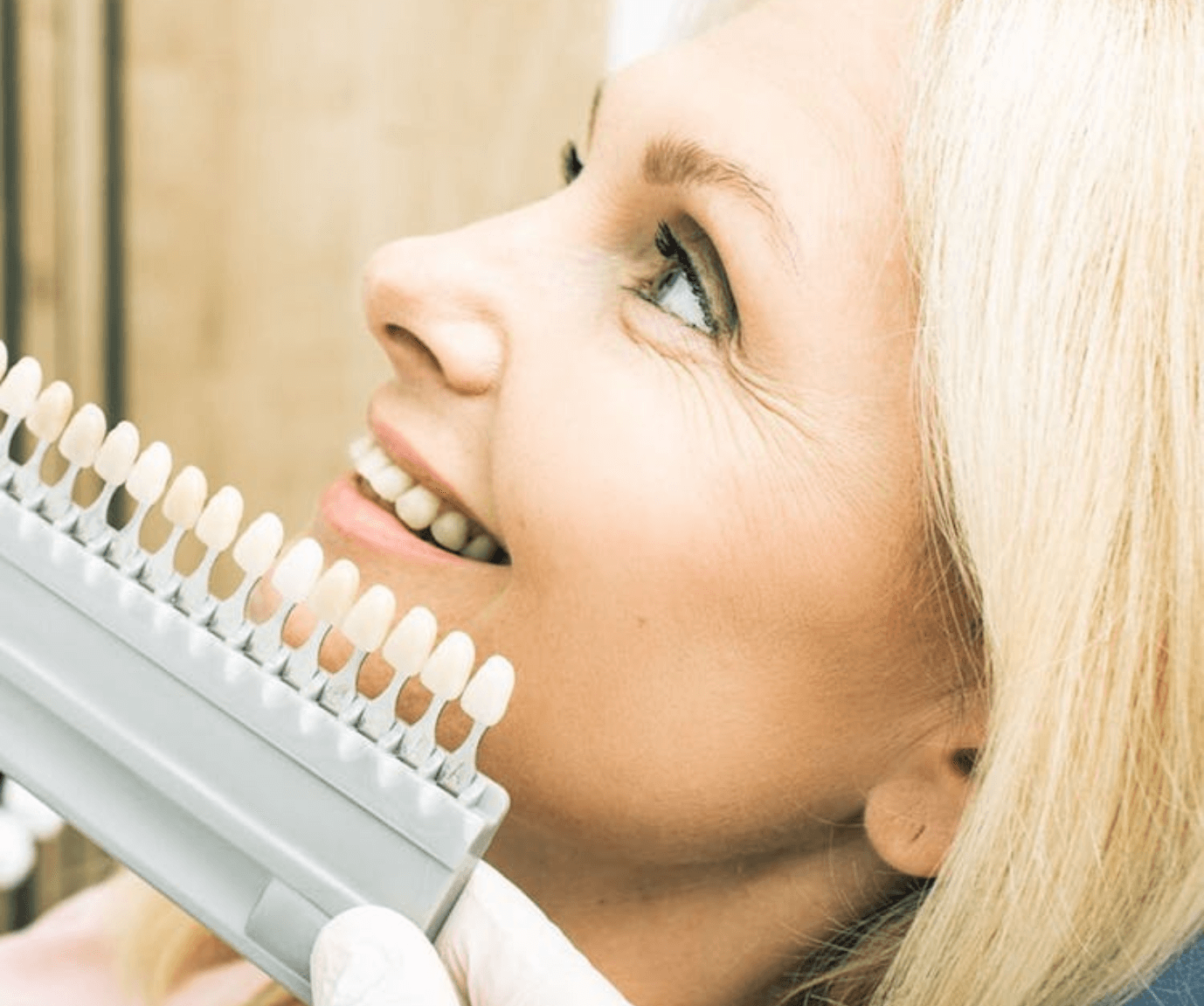Understanding Teeth Whitening: An Overview
Teeth whitening is a popular cosmetic dental procedure aimed at improving the appearance of one’s smile by making teeth appear whiter and brighter. This process typically involves the removal of stains and discolouration from the tooth surface, which can be caused by various factors such as diet, smoking, and natural ageing. Teeth whitening has become increasingly accessible, with a range of methods available to suit different needs and preferences.
There are two primary categories of teeth whitening: professional treatments administered by dental professionals and over-the-counter solutions that can be used at home. Each method has its own advantages and drawbacks, and the choice often depends on individual factors such as budget, time availability, and the desired level of whitening. Professional treatments tend to offer more immediate and noticeable results, while at-home options provide a more gradual improvement.
With the growing popularity of teeth whitening, it’s crucial for individuals to understand the differences between the available methods, the potential risks involved, and the importance of choosing a safe and effective approach. This article will delve into these aspects, providing a comprehensive guide to achieving a radiant smile through professional teeth whitening.
The Importance of a Radiant Smile
A radiant smile is often associated with health, confidence, and attractiveness. It can have a significant impact on one’s personal and professional life, influencing first impressions and interactions with others. A bright smile can enhance self-esteem, making individuals feel more comfortable and self-assured in social situations.
The psychological benefits of a bright smile extend beyond mere aesthetics. People with whiter teeth are often perceived as more successful, friendly, and approachable, which can lead to positive reactions in both personal and professional settings. This perception can be particularly beneficial in fields that require frequent interpersonal communication, such as sales, marketing, and customer service.
Investing in teeth whitening can be seen as an investment in oneself. By prioritising oral aesthetics, individuals can enhance their overall appearance and boost their self-confidence. A radiant smile not only represents good oral hygiene but also reflects a commitment to self-care and personal well-being.
Common Misconceptions About Teeth Whitening
Despite its popularity, teeth whitening is surrounded by several misconceptions that can lead to confusion and misguided decisions. One common myth is that teeth whitening can damage the enamel. In reality, when performed correctly, teeth whitening is a safe procedure that does not harm the enamel. Professional treatments are designed to minimise risks and ensure the safety of the tooth structure.
Another misconception is that teeth whitening results in unnaturally white teeth. However, modern whitening techniques are tailored to achieve a natural-looking brightness that complements an individual’s skin tone and overall appearance. The goal is to enhance the natural beauty of a smile, not to create an artificial or overly bright look.
Many people also believe that once teeth are whitened, they will remain white forever. In truth, the longevity of whitening results depends on several factors, including dietary habits, smoking, and oral hygiene practices. Regular touch-ups and proper aftercare are required to maintain the whiteness of teeth over time.
Different Methods of Teeth Whitening
There are various methods available for teeth whitening, each with unique features and benefits. The primary options include:
- Professional In-Office Whitening: Conducted by a dental professional, this method involves applying a high-concentration bleaching agent to the teeth. Results are typically immediate and long-lasting.
- At-Home Whitening Kits: These are provided by dentists and include custom-fitted trays and a bleaching gel. The process takes longer than in-office treatments but offers the convenience of home application.
- Over-the-Counter Whitening Products: Available in the form of strips, gels, or toothpaste, these products offer a cost-effective solution but usually yield less dramatic results compared to professional treatments.
- Natural Remedies: Some individuals opt for natural whitening methods, such as baking soda or coconut oil. While these may have mild effects, they are not as effective or reliable as other methods.
Each method comes with its own set of advantages and limitations. Professional treatments are often recommended for their safety and efficacy, while over-the-counter options provide an accessible alternative for those seeking a more affordable solution.
Professional Teeth Whitening vs. At-Home Solutions
Professional teeth whitening offers several advantages over at-home solutions. One of the main benefits is the expertise of dental professionals, who can tailor treatments to the specific needs of the patient. This ensures optimal results and minimises the risk of adverse effects. In-office treatments also utilise higher concentrations of bleaching agents, leading to faster and more noticeable whitening.
In contrast, at-home solutions, while convenient, often require longer treatment periods to achieve comparable results. These products generally contain lower concentrations of active ingredients, making them less potent than professional options. However, they are a viable choice for those who prefer a gradual whitening process or have budget constraints.
Ultimately, the choice between professional and at-home whitening depends on individual preferences and circumstances. Those seeking immediate and significant results may opt for professional treatments, while others may prefer the flexibility and affordability of at-home options.
The Safety of Professional Teeth Whitening Procedures
Safety is a paramount concern when it comes to teeth whitening, and professional procedures are designed with this in mind. Dentists conduct thorough assessments to determine the suitability of whitening treatments for each individual. This involves evaluating the condition of the teeth and gums, addressing any underlying dental issues, and discussing the patient’s expectations and goals.
Professional whitening treatments use controlled and precise application methods to minimise the risk of sensitivity and irritation. Dentists are equipped to handle any adverse reactions and can adjust the treatment protocol as needed to ensure comfort and safety. This level of care is not available with over-the-counter products, which can sometimes lead to uneven whitening or damage if used improperly.
Patients who undergo professional whitening can have confidence in the safety and efficacy of the treatment. The expertise and supervision provided by dental professionals ensure that the process is conducted with the highest standards of care, reducing the risk of complications and ensuring satisfactory outcomes.
What to Expect During a Professional Teeth Whitening Session
A typical professional teeth whitening session begins with a consultation to discuss the desired results and evaluate the patient’s oral health. The dentist will examine the teeth and gums, ensuring there are no contraindications such as cavities or gum disease that could be exacerbated by the whitening process.
Once the initial assessment is complete, the dentist will apply a protective gel or shield to the gums to prevent irritation from the bleaching agent. The whitening agent, usually a hydrogen peroxide or carbamide peroxide solution, is then carefully applied to the teeth. Some treatments may involve the use of a specialised light or laser to enhance the effectiveness of the whitening agent.
The entire process usually takes about one to two hours, depending on the method used and the initial shade of the teeth. Patients can expect to see noticeable results immediately after the session, with teeth appearing several shades whiter. The dentist may also provide guidance on maintaining the results and recommend follow-up treatments if necessary.
Aftercare Tips for Maintaining Your Bright Smile
Maintaining the results of a teeth whitening treatment requires a commitment to good oral hygiene and lifestyle choices. One of the most effective ways to do so is by practising regular brushing and flossing, which helps remove plaque and prevent the build-up of new stains. Using a whitening toothpaste can also help sustain the brightness of the teeth.
Diet plays a crucial role in the longevity of whitening results. It’s advisable to limit the consumption of foods and beverages that are known to stain teeth, such as coffee, tea, red wine, and berries. Smoking should also be avoided, as it can quickly reverse the effects of whitening and lead to further discolouration.
Regular dental check-ups and cleanings are essential for maintaining oral health and prolonging the effects of teeth whitening. Dentists can provide professional cleaning to remove surface stains and offer touch-up treatments if necessary. By following these aftercare tips, individuals can enjoy the benefits of a radiant smile for an extended period.
Choosing the Right Teeth Whitening Solution
Selecting the appropriate teeth whitening solution involves considering various factors, including the desired results, budget, and individual oral health needs. Consulting with a dental professional can provide valuable insight into the most suitable options based on these criteria.
For those seeking immediate and dramatic results, professional in-office whitening is an ideal choice. It offers a high level of customisation and ensures safety under the supervision of a dentist. On the other hand, individuals who prefer a gradual improvement or have budget constraints may opt for at-home whitening kits or over-the-counter products.
Get in touch with our expert team at The Care Dental Practice in Hammersmith, London.


